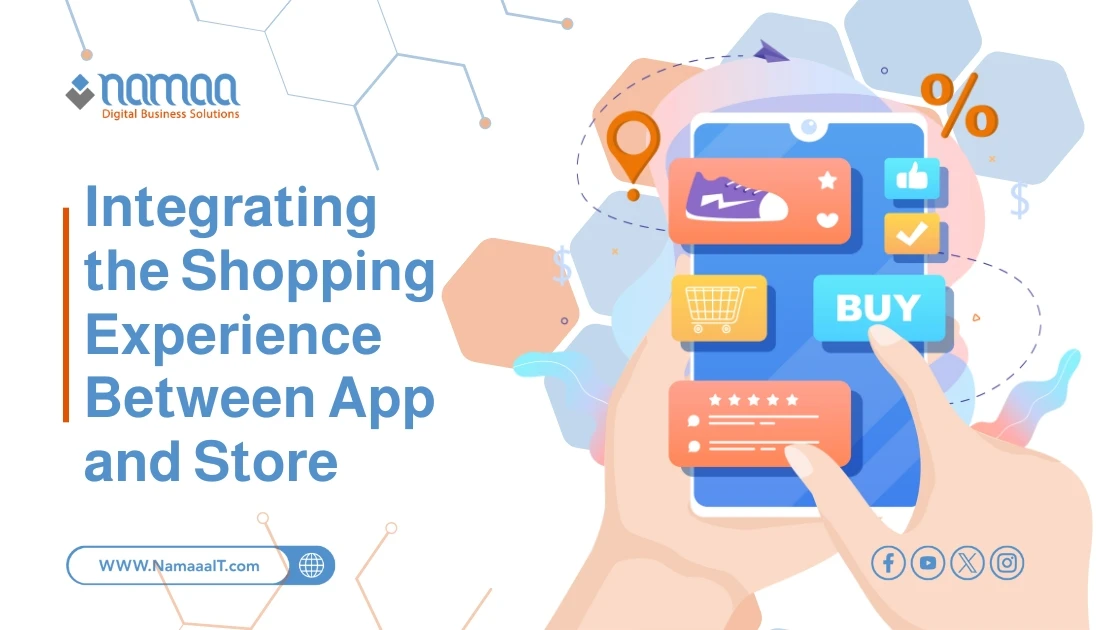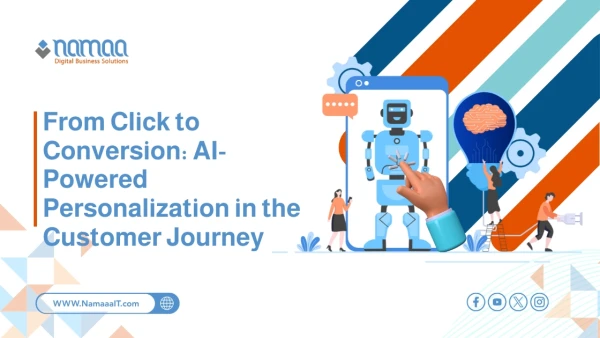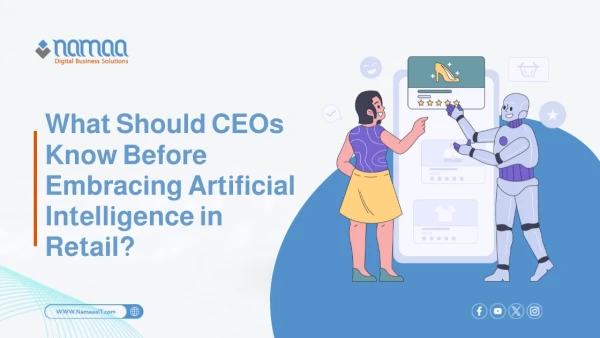As consumer habits shift and reliance on technology increases, integrating the shopping experience between app and store has become essential for any brand aiming for success. Today’s customers no longer distinguish between what they see on their phone screens and what they find on store shelves—they expect the same ease, comfort, and accuracy across every touchpoint.
What Is Meant by Integrating the App and In-Store Shopping Experience?
Integration refers to unifying all sales and communication channels to provide the customer with a consistent level of service and information, whether shopping through the app or visiting a physical store. Customers no longer tolerate price mismatches, stock discrepancies, or different payment methods—they expect a seamless, frictionless experience.
This is where PolarisMAX comes in. It offers comprehensive solutions to unify product, customer, and inventory data in a single system. This enables businesses to:
- Sync real-time inventory updates between the app and the store
- Unify pricing and promotional offers across all sales channels
- Personalize each customer’s experience based on their in-store and app purchasing history
- Generate accurate reports to support faster, data-driven decision-making
PolarisMAX aims to close the gap between channels and turn the shopping journey into one seamless, connected experience. As competition intensifies in the retail market, these capabilities are no longer optional—they're essential. With this platform, brands can operate more efficiently and meet customer expectations with speed and flexibility.
Why Integration Is a Necessity, Not a Luxury
A few years ago, having an app or website was considered advanced. Today, integration between app and in-store experiences is a must-have for any successful retail operation. The reason is simple: the modern consumer is savvy, experienced, and demands maximum convenience. If a product isn’t available through their preferred channel, they'll quickly move on to a competitor.
Key reasons for this shift include:
- Evolving shopping behavior: Over 50% of consumers research products online before buying them in-store.
- Reducing frustration: No one wants to find out a product isn’t in the store after seeing it available on the app.
- Boosting loyalty: A well-integrated experience increases satisfaction and repeat purchases.
- Driving sales: Cross-channel integration improves opportunities for upselling and cross-selling.
- Lowering costs: A unified inventory system reduces losses from overstocking or under-stocking.
This shift has pushed businesses to adopt advanced technological solutions to ensure a seamless customer journey at every touchpoint.
The Role of Augmented Reality in Integration
Augmented Reality (AR) has become an integral part of bridging the in-app and in-store experience. These technologies offer practical value, not just aesthetic enhancement. With AR, customers can:
- Virtually try products before purchasing—e.g., see how furniture fits in their home or how clothes look on them
- Instantly access additional product information by pointing their phone’s camera at in-store items
- Discover promotions or interactive guidance while browsing physical stores
- Benefit from virtual assistants that help them find the right products
Brands investing in AR make each visit memorable and unique. AR not only enhances brand appeal but also reduces hesitation and increases trust in the product. As AR continues to evolve, it’s expected to become a cornerstone of any serious integration strategy.
AI's Role in Enhancing the Shopping Experience
Artificial Intelligence is a core driver of integration between app and in-store shopping. AI processes large volumes of data and translates them into smart, personalized solutions. With AI, businesses can:
- Analyze customer behavior and predict future needs
- Offer accurate product recommendations that increase purchase likelihood
- Improve inventory management by forecasting demand
- Automate customer service through smart chatbots
- Optimize promotions based on real-time market trends
AI saves time and effort, reduces human error, enhances operational efficiency, and provides management with a holistic view of all sales channels. In a constantly evolving retail landscape, AI is a strategic asset that sustains market position and strengthens competitiveness.
How Integration Enhances Digital Marketing
The impact of integrating the shopping experience goes beyond sales—it significantly boosts digital marketing effectiveness. When data from all channels is unified, marketing teams can:
- Target customers with highly accurate campaigns based on real purchase behavior
- Create personalized content that increases engagement
- Retarget customers who abandoned their carts either online or in-store
- Measure campaign performance more accurately with integrated data
- Build rewarding loyalty programs based on a customer’s full purchase history
This means marketing budgets are used more intelligently, achieving better ROI. Integration turns every customer interaction into a data opportunity that feeds into future campaigns. In a crowded market, businesses that manage digital marketing through an integrated lens maintain stronger relationships with their customers and gain a competitive edge.
See Also: Personalization Trends in the Gulf
Successful Examples of Integrated App + In-Store Shopping
Several leading brands have effectively implemented this integration and achieved measurable success in customer satisfaction and revenue:
- Apple: Offers a seamless buying journey—customers can reserve products through the app and pick them up in-store, or test them in-store and complete the purchase online.
- IKEA: Uses AR in its app to let customers preview furniture in their homes before purchasing. They can buy through the app or visit the store for assembly and testing.
- Nike: Provides app-only offers redeemable in-store and allows customers to customize shoes online for pickup at the nearest location.
- Sephora: Connects customer data across app and store to offer personalized beauty recommendations and targeted promotions based on past purchases.
These cases illustrate how integration drives customer engagement and transforms shopping into a seamless, flexible experience that builds brand loyalty.
Frequently Asked Questions
1) How does integration affect shipping and delivery operations?
Integration enhances shipping efficiency by:
- Merging inventory and shipping data to confirm product availability
- Reducing manual errors in order processing
- Enabling flexible options like "buy online, pick up in-store" or "buy in-store, ship to home"
- This improves customer satisfaction and reduces operational costs.
2) Does integration reduce product returns?
Yes, because:
- Customers receive accurate info on sizes and specifications
- They can virtually preview products before purchase
- Post-sale service is simplified through connected billing and purchase records
- This reduces return rates and boosts buyer confidence.
3) What role do multiple payment methods play in integration?
Unified payment systems allow:
- Consistent payment methods across app and store
- Flexible options like installments or digital wallets
- Enhanced security via unified protection systems
- This makes checkout smoother and encourages repeat purchases.
4) How does integration affect employee training?
Staff must be trained to:
- Understand digital systems and app-store synchronization
- Use customer data to deliver personalized service
- Resolve issues quickly through real-time access to information
- Companies investing in such training get the best results.
5) What are the legal and security challenges of integration?
Key challenges include:
- Protecting customer data across all touchpoints
- Complying with local and international privacy regulations
- Updating security policies regularly to counter cyber threats
- Robust cybersecurity strategies are vital to sustain integration and retain customer trust.
Summary
✅ Over 70% of consumers prefer brands that offer seamless app and in-store integration—boosting loyalty and increasing sales.
✅ AR technologies enhance customer engagement by 30% by allowing virtual product trials before purchase.
✅ AI-based integration improves recommendation accuracy by 50% and accelerates demand forecasting and inventory management.
✅ Integration strengthens digital marketing and achieves 25% higher ROI compared to traditional campaigns, thanks to unified data.




.webp)




